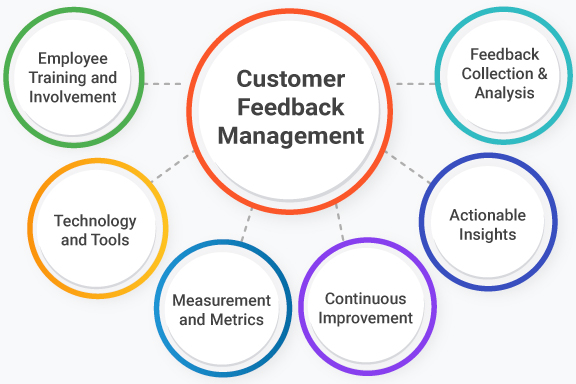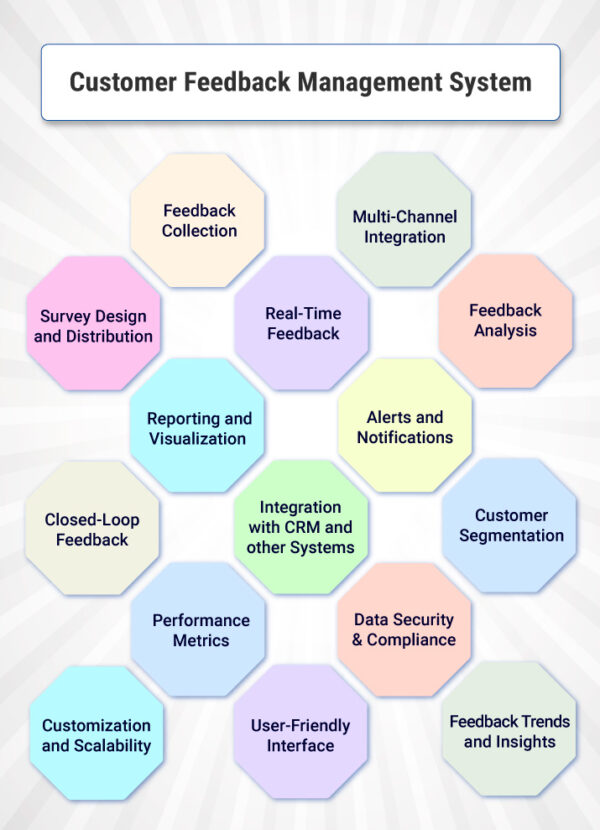Managing customer feedback and online reputation involves a structured, proactive approach that includes collecting, analyzing, responding to, and acting on customer input to improve products, services, and brand perception.
Key steps include:
-
Gather Feedback Across Multiple Channels: Use surveys, social media, live chat, and review platforms to collect feedback. Centralize this data using customer feedback management software to have a unified view.
-
Categorize and Prioritize Feedback: Organize feedback into actionable categories such as bug reports, feature requests, or complaints. Prioritize based on urgency and impact to address the most critical issues first.
-
Analyze and Extract Insights: Use analytics and AI tools to identify recurring themes and negative sentiments. This helps in understanding customer pain points and prioritizing improvements.
-
Respond Promptly and Professionally: Address negative reviews and feedback quickly with calm, personalized, and empathetic responses. Apologize when appropriate, acknowledge the issue, and offer solutions or remedial actions. Taking conversations offline when needed can help resolve issues more effectively.
-
Act on Feedback and Close the Loop: Implement changes based on feedback and communicate these improvements back to customers. Follow-up with customers to show their input was valued and led to tangible results, which builds trust and loyalty.
-
Be Proactive in Reputation Management: Monitor online reviews and social media actively. Reach out to dissatisfied customers before negative feedback spreads widely. Encourage positive reviews to balance the overall reputation.
-
Use Technology and Tools: Employ reputation management and customer feedback platforms to automate collection, categorization, response tracking, and integration with internal workflows. This increases efficiency and accountability.
-
Maintain Internal Improvements: Use feedback insights to refine internal processes and policies to prevent recurring issues and enhance customer experience continuously.
By following these best practices, businesses can turn customer feedback into a continuous improvement cycle that not only mitigates negative impacts but also strengthens their online reputation and customer relationships over time.





